Village of the week: The forgotten villages of Baildon Moor where homes were deemed dangerous to human health
More than 730 acres of moorland, streams and woodland, along with remnants of abandoned quarries, are nestled between the directions of Leeds and Bradford, Ilkley and Otley and Bingley make this an oasis, if you like, of the wild outdoors yet being just a short distance away from the concrete and bright lights of cities and towns.
Today, it is hugely popular with visitors, dog walkers and families seeking out fresh air. In the time of social prescribing of nature to help tackle mental health and fitness conditions - you can see that this would be the ideal location for seeking green solace against a backdrop of urban life.
It turns out, this is not a new idea.
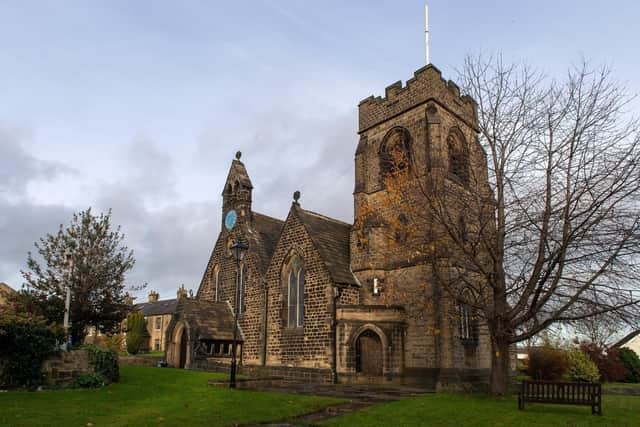

Advertisement
Hide AdAdvertisement
Hide AdFor Baildon Moor, and hamlets lesser known, became a holiday hotspot as far back as the Victorian period.
The Bradford Historical and Antiquarian Society has the most detailed and fascinating insight into the area from several hundred years ago which reveal a life of which now there is little trace.
Baildon Moor has two forgotten villages in those of Moorside and Low Hill. The Society has dubbed them the ‘forgotten villages’.
Moorside had 23 cottages, known as The Row; Low Hill, about one mile from Baildon, had 15 cottages; Sconce, half a mile away had 3 cottages.
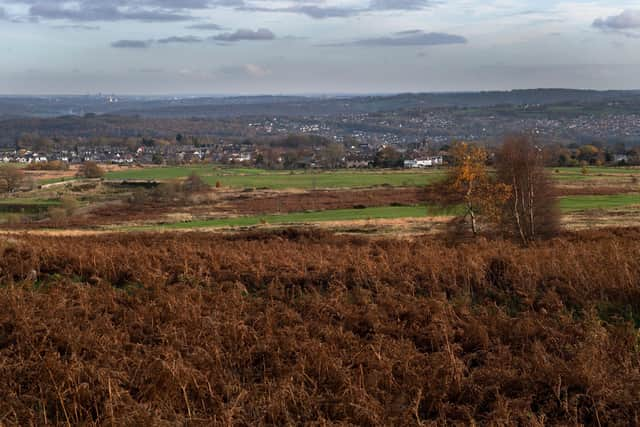

Advertisement
Hide AdAdvertisement
Hide AdIt is suggested the stone cottages were built for miners, as mining sites for coal are said to pre-date this time with people digging for their own, but there would also have been farms in the area too according to the Society.
When looking at census data for every ten years between 1841 and 1891 it gives more insight as to who was living in Moorside and Low Hill and when.
In both villages the number of inhabited houses declined over the fifty years and the Society says it is intriguing that the total of inhabited and uninhabited houses did not remain constant in either village.
“However, from about 1890 two Bradford doctors, Johnson and Dunlop, promoted Baildon as a healthy area in which to live. Many people moved out of Bradford, particularly when the golf club started, while others rented the moorland cottages as holiday homes.
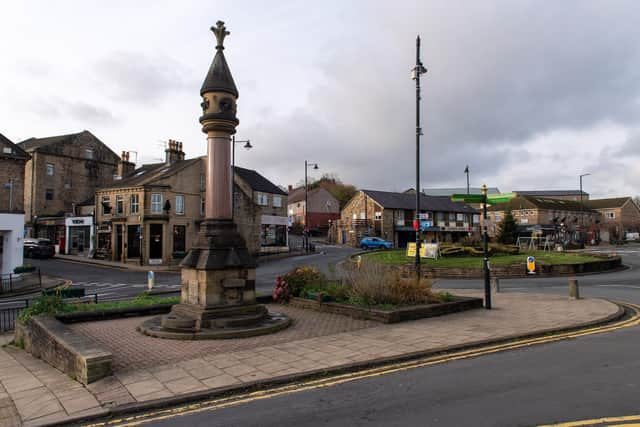

Advertisement
Hide AdAdvertisement
Hide Ad“It is possible that some of the houses listed as uninhabited on census night 1891 were already holiday homes and unoccupied on that night. While many of the families remained in the villages for the decades covered by these censuses, there were a surprising number of changes of occupancy. Very many of the families only appeared in one census.”
Census data was usually collected on a Sunday in April and was required to record who was staying in that house at that time.
Most were from Yorkshire but records show three had come from Norfolk, two from Bury St. Edmunds, two from County Durham, one from Liverpool and three from Ireland.
Possibly lodgers, possibly holiday-makers but it was more certain that by the end of the 1800s, people were flocking to Baildon Moor.
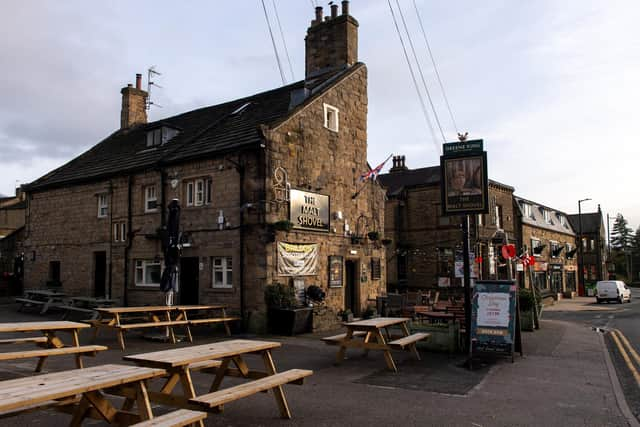

Advertisement
Hide AdAdvertisement
Hide AdInterestingly, the situation then, bears striking similarities to that of which some coastal and country villages find themselves in now as holiday home culture impacts local life.
The Society said: “Towards the end of the nineteenth century, the moor became an increasingly popular resort for people from the smoky towns nearby. With increasing prosperity and easier access provided by the railway to Baildon station which opened in 1876, people came in their thousands to enjoy the moorland air.”
“The moors were so frequented by the public that their value for sheep pasturage had deteriorated to almost nil, and the golf club was contemplating discontinuing because of the crowds.”
It goes on to say that as holiday-makers took less of an interest in village life, there was less use of the church and what it offered.
Advertisement
Hide AdAdvertisement
Hide AdAt the yearly Trustees' Meeting in 1917 of the Primitive Methodist Chapel at Low Hill it was stated: “The time has come for the closing of Baildon Moorside Chapel, as it is not now needed. Cottages are now rented as holiday homes by town dwellers who make only occasional use of them and give no support to the chapel and its services.”
Life on Baildon Moor wasn’t always a holiday though.
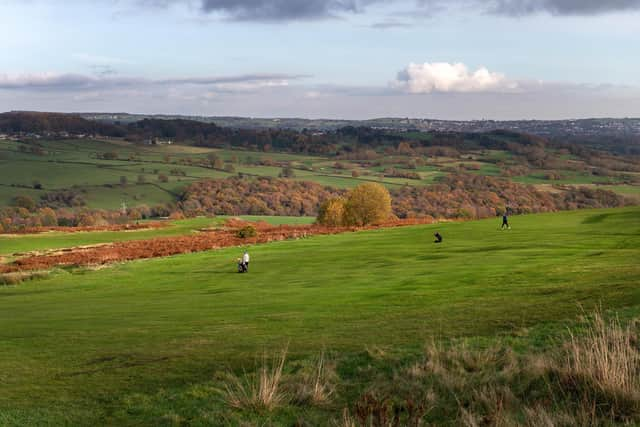

In an observation about the social and moral situation of Baildon, Rev. J Mitton stated, “a large majority of the people did not attend any place of worship. Gambling was probably still a prevalent vice among young men. Illegitimate births were 'greatly beyond the average of places, and open adultery is a very prevalent sin here…In the streets the necessities of nature are obeyed, and that even by adults.’”
As a result of the enquiry, the Public Health Act of 1848 was applied to Baildon.
Even as recent as 1961, 94 houses, in five separate areas of Baildon including Low Hill and Moorside, were declared by the Baildon Health Committee to be “unfit for human habitation” and “dangerous or injurious to the health of the inhabitants.”
Advertisement
Hide AdAdvertisement
Hide AdIt was recommended that the best solution would be demolition and so that was the beginning of what became Baildon’s forgotten villages.
There are more than 15,000 people living in Baildon which still enjoys the wild moors and a characterful town centre that is supported by an active town council and locals are active in groups such as the Women's Institute, Baildon Ukelele Club, churches, Baildon in Bloom and the Friends of Baildon Moor who aim to retain this precious piece of open space which still provides solace from the city.
on ‘The Lost Villages of Baildon Moor’, it notes: “By the late nineteenth century, there were plenty of empty houses in Baildon as a whole and Moorside and Low Hill were obviously no exception.
